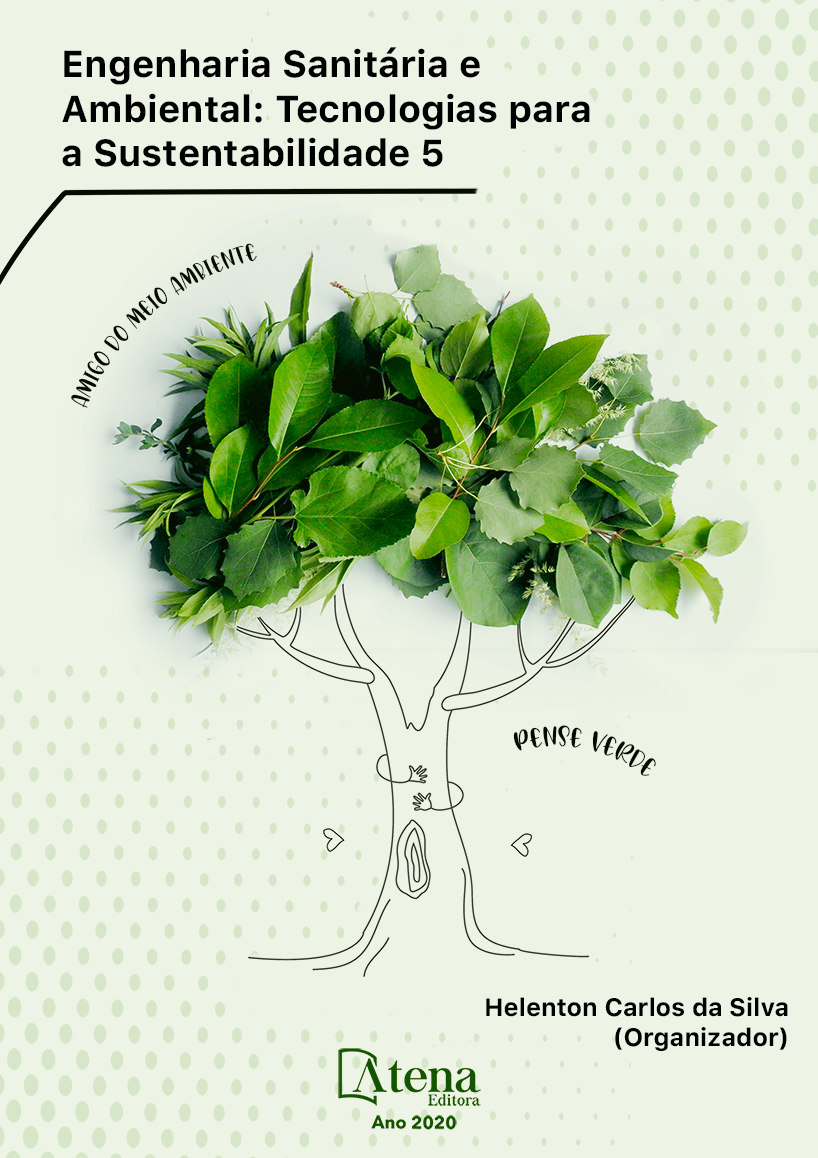
QUALIDADE DA ÁGUA ESCOADA POR MÓDULOS DE TELHADOS VERDES COM DIFERENTES COMPOSIÇÕES DE VEGETAÇÃO
Os telhados verdes instalados nos topos das edificações têm sido usados para reduzir o volume do escoamento superficial e diminuir os efeitos da poluição urbana. A avaliação da qualidade da água escoada por essas estruturas verdes e os possíveis impactos das mesmas tem sido de grande interesse na última década. Neste estudo, a qualidade das águas pluviais captadas e escoadas por módulos experimentais de telhados verdes com diferentes vegetações foi avaliada no município de Cuiabá, MT, Brasil. Para isso foram construídos três diferentes módulos de telhados verdes que continham uma gramínea, uma herbácea e um consórcio entre as duas plantas. Outro módulo que simulou um telhado convencional também foi avaliado. Na água captada dos telhados foram analisadas catorze variáveis de qualidade. Observou-se que as águas escoadas pelos telhados verdes apresentaram maiores valores de cor verdadeira, turbidez e sólidos totais, consequência da presença do substrato nesse tipo de estrutura. Os valores de DBO, bactérias heterotróficas e fungos cultiváveis não mostraram diferenças entre telhado convencional e telhados verdes. Os valores de coliformes totais na água escoada pelos telhados verdes foram superiores ao do telhado convencional, uma vez que essas bactérias ocorrem naturalmente no substrato e plantas. Por outro lado, a água escoada pelo telhado convencional apresentou maior quantidade de Escherichia coli, decorrente da contaminação desse telhado por fezes de animais de sangue quente, como pássaros, roedores, entre outros. Os telhados verdes atuaram como produtores de todos os nutrientes analisados (sulfato, nitrogênio amoniacal, nitrato e ortofosfato), com exceção para o telhado com herbácea que atuou como sumidouro de ortofosfato.
QUALIDADE DA ÁGUA ESCOADA POR MÓDULOS DE TELHADOS VERDES COM DIFERENTES COMPOSIÇÕES DE VEGETAÇÃO
-
DOI: 10.22533/at.ed.57220010721
-
Palavras-chave: Infraestrutura Verde, Poluição da Água, Nutrientes, Gramínea, Herbácea.
-
Keywords: Green Infrastructure, Water Pollution, Nutrients, Grass, Herbaceous.
-
Abstract:
The green roofs installed on the tops of buildings have been used to reduce the volume of runoff and minimize the effects of urban pollution. The evaluation of the quality of the water drained by these green structures and their possible impacts has been of great interest in the last decade. In this study, the quality of rainwater collected and drained by green roof experimental modules with different vegetation was evaluated in the Cuiabá city, MT, Brazil. Thus, three different green roof modules containing grass, herbaceous, and intercropping of the two plants were built. Another module that simulated a conventional roof was also evaluated. Fourteen quality variables were analyzed in the water collected from the roof modules. It was observed that the water drained by the green roofs presented higher values of true color, turbidity, and total solids, a consequence of the presence of the substrate in this type of structure. The values of BOD, cultivable heterotrophic bacteria, and cultivable fungi showed no difference between conventional roof and green roofs. The values of total coliforms in the water drained by the green roofs were higher than those of the conventional roof since these bacteria occur naturally in the substrate and plants. On the other hand, the water drained from the conventional roof presented the higher amount of Escherichia coli, due to the contamination of that roof by the feces of warm-blooded animals, such as birds, rodents, among others. The green roofs acted as a source of all the analyzed nutrients (sulfate, ammoniacal nitrogen, nitrate, and orthophosphate), except for the herbaceous roof that acted as an orthophosphate sink.
-
Número de páginas: 15
- Thaisa Camila Vacari
- Zoraidy Marques de Lima
- Eduardo Beraldo de Morais


